- Home
- About Us
- Products
-
Heat-Pump Dehumidifier DeAir
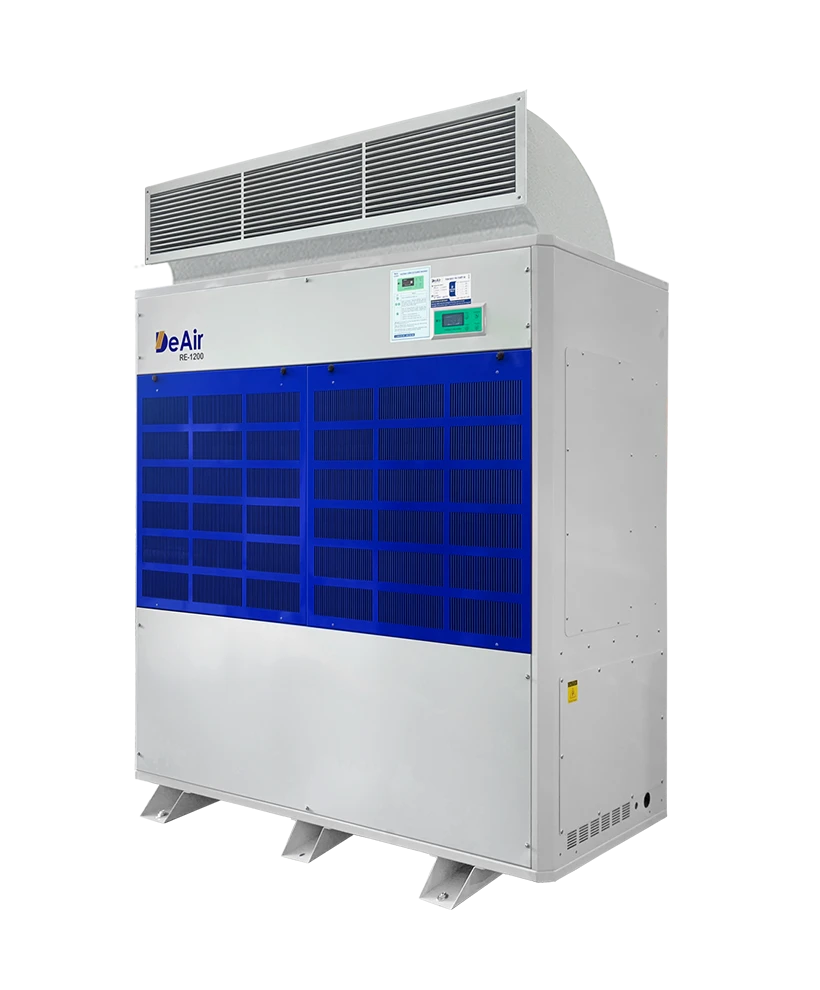 DeAir.RE
DeAir.RE -
Heat-Pump Dryer DeAir.RE-H
 DeAir.RE-H
DeAir.RE-H -
Heat-Pump Stainless Steel Dehumidifier
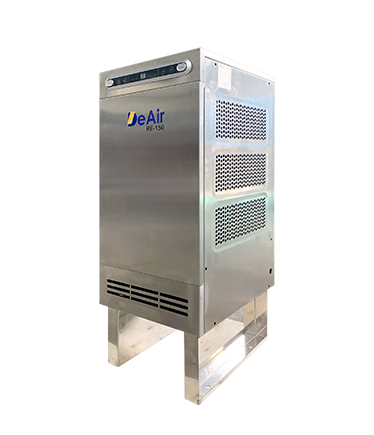 DeAir.RE-INOX
DeAir.RE-INOX -
Heat-Pump Isothermal Dehumidifier DeAir.CRE
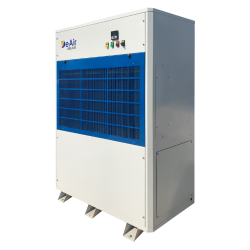 DeAir.CRE
DeAir.CRE -
Dezenno Dehumidifier
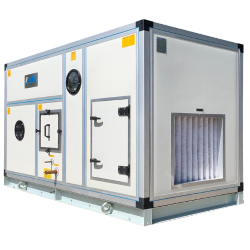 Dezenno
Dezenno -
Heat-Pump Ceiling Mounted Dehumidifier DeAir
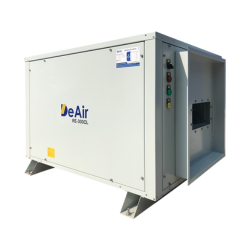 DeAir.RE-CL
DeAir.RE-CL -
Dehumidifier Olmas
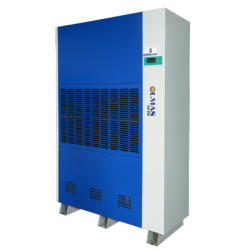 Olmas-OS
Olmas-OS -
Industrial Humidifier DeAir
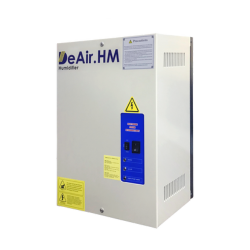 DeAir.HM
DeAir.HM -
Heat-Pump Dryer Daxwell
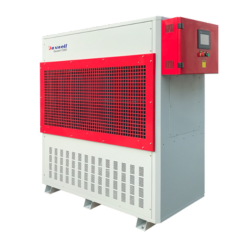 Daxwell
Daxwell -
Electric Duct Heater DeAir
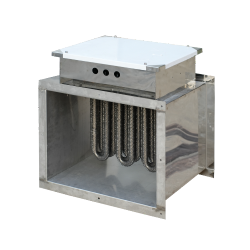 DeAir.Heat
DeAir.Heat -
Air Handling Unit Dezenno.MAX
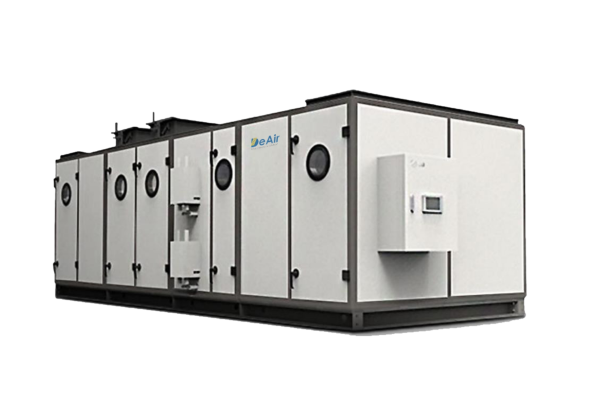 AHU
AHU
-
- Services
- Projects
- Warranty – Maintenance
- News
- Contact
The Comprehensive Tobacco Curing & Yellowing Process (A-Z) with Modern Technology
09/05/2024
The tobacco plant has long been a high-value industrial crop, helping many farmers in specialized growing regions like Cao Bang, Lang Son, Gia Lai, and Tay Ninh escape poverty. However, an unfortunate reality is that the quality and value of raw tobacco leaves are often significantly diminished due to manual sun-drying methods, which are entirely dependent on the weather.
To fully exploit the economic potential of the tobacco plant, applying a standardized, technology-driven curing and yellowing process is essential. In this article, DeAir will share a detailed process and introduce a technological solution to precisely control each stage, elevating the quality of Vietnamese tobacco.
Why Is Sun-Drying No Longer the Optimal Choice?
While the traditional sun-drying method requires no investment cost, it has several critical drawbacks:
- Complete Dependence on Weather: Rainy or sunless days can ruin an entire batch of tobacco, leading to mold and severe economic losses.
- Inconsistent Quality: It is difficult to control temperature and humidity, resulting in unevenly dried leaves—some parts are overly dry and brittle, while others remain damp.
- Reduced Flavor and Grade: An uncontrolled natural fermentation process can destroy the essential oils that create the characteristic aroma, while failing to eliminate harsh-tasting compounds.
- Labor-Intensive and Requires Large Drying Areas.
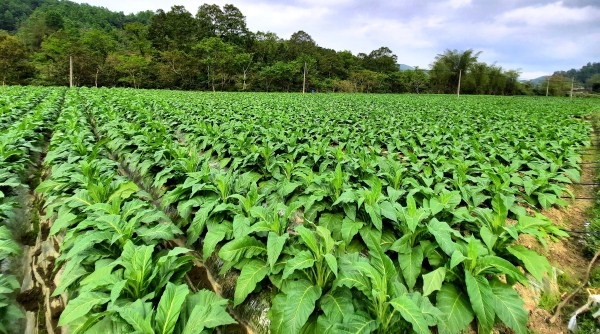
1. Pre-Curing Preparation: The Foundation for a Successful Batch
The quality of the cure begins with the very first preparatory steps. Skipping these can undermine the effectiveness of the entire drying process.
- Storing Fresh Leaves: After harvesting, tobacco should be moved to a cool, shaded area and stood upright with the stems down. Do not expose the leaves to direct sunlight, and they should be strung on the same day, for no more than two days.
- Leaf Sorting: This is a critically important step. Leaves must be sorted into separate ripeness levels (over-ripe, just-ripe, green) and strung separately. This ensures that leaves in the barn have similar ripeness, making the yellowing process easier to control.
- Stringing Technique: String the leaves without packing them too tightly, alternating between face-up and face-down to ensure good air circulation.
- Barn Loading Principle: Place yellower leaves on the lower tiers (where it's cooler) and greener leaves on the upper tiers. Areas closer to the heat source should be packed more densely, while areas farther away should be packed more loosely to ensure uniform temperature.
2. The Detailed 3-Stage Flue-Curing Process
According to technical documents from tobacco industry experts like BAT (British American Tobacco), a standard flue-cured tobacco process consists of three main stages, requiring strict control over the relationship between temperature and humidity.
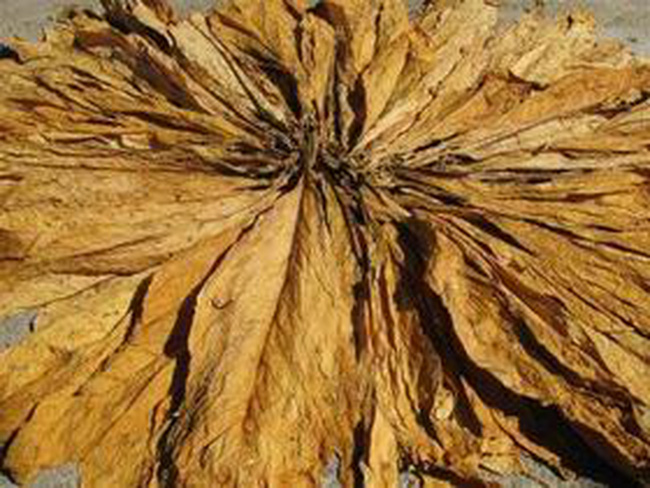
Stage 1: Yellowing
This is the stage where the leaf "ripens" in the barn, converting chlorophyll and starch, which determines the golden color of the final product.
- Objective: To have the leaves turn from green to a uniform yellow.
- Temperature: 37°C – 38°C.
- Humidity: 85% – 90%.
- Duration: 24 – 48 hours.
Stage 2: Color Fixing & Leaf Drying
This stage requires the most intense focus to rapidly remove moisture, fix the newly achieved yellow color, and dry the leaf lamina.
- Objective: To fix the yellow color and completely dry the leaf lamina.
- Temperature: Gradually increase from 38°C to 57°C.
- Humidity: Gradually decrease from 50% to 37%.
- Duration: 40 – 60 hours.
Stage 3: Stem Drying
The final stage, which focuses high heat to dry the remaining midrib and stem.
- Objective: To completely dry the stem, bringing the final moisture content of the leaf to 10-12%.
- Temperature: Gradually increase from 57°C to 73°C.
- Humidity: Drop sharply to 18% - 20%.
- Duration: 20 – 48 hours.
3. Post-Curing Stages: Aging and Storing to Develop Flavor
Drying is only half the story. For tobacco leaves to achieve a premium, smooth, and aromatic flavor, they must undergo crucial aging and storage stages.
Stage 4: Aging & Flavor Development (Second Fermentation)
This is the decisive "flavoring" step. After drying, the leaves are moved to a closed room for aging.
- Objective: To enhance the characteristic aroma, reduce nicotine content and harsh compounds.
- Duration: 30 to 90 days.
- Conditions: Room temperature of 24 - 25°C, Humidity of 65 - 68%. At this stage, the leaves need to "reabsorb" moisture to become pliable and achieve a uniform color.
Stage 5: Proper Storage
After aging, the tobacco is moved to a storage room to maintain its quality before being sold.
- Objective: To prevent mold and unwanted fermentation.
- Duration: Long-term storage.
- Conditions: Temperature below 24°C, Humidity between 60 - 70%.
4. Comprehensive Technology Solution from DeAir: Mastering the Entire Process
The complex 5-stage process, with its continuous changes in temperature and humidity (from hot-humid, to hot-dry, to cool-humid), is impossible to manage with manual methods. DeAir provides a comprehensive technology system to master every step:
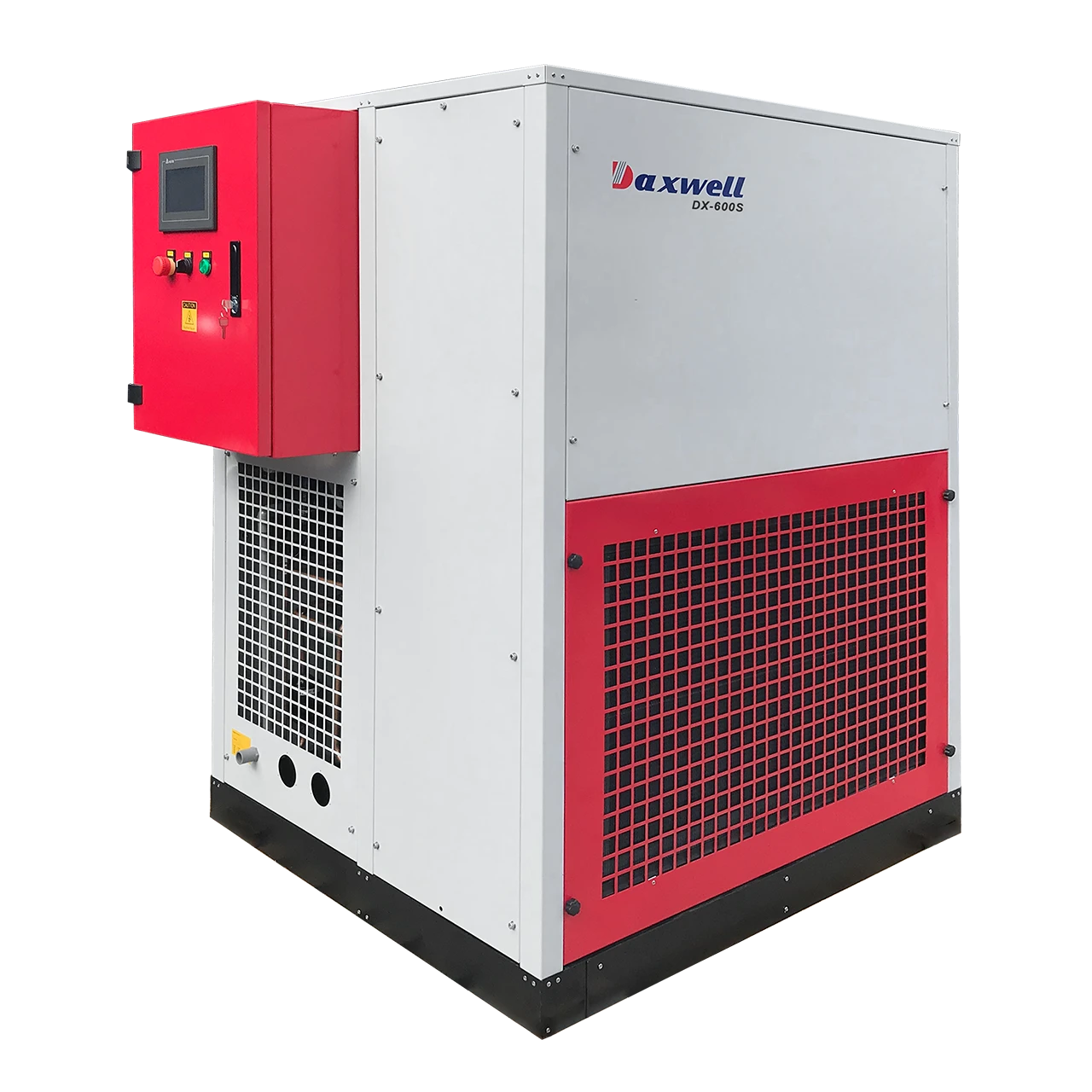
- For the 3 Curing Stages (High temperature, decreasing humidity): The Daxwell industrial Heat Pump Dryer is the perfect solution. Its smart PLC controller allows you to program the entire 3-stage process into a single cycle. The machine will automatically adjust the temperature and humidity for each step without manual intervention, while also saving 50-70% in energy costs.
- For Aging and Storage Stages (Low temperature, stable humidity): This is where DeAir's humidity control system shines:
- DeAir.HM Industrial Humidifier: Precisely provides and maintains the high humidity (65-68%) required for the aging process.
- DeAir.RE Dehumidifier: Controls the humidity in the storage room, ensuring it does not exceed 70% and completely preventing the risk of mold.
ENHANCE THE VALUE OF RAW TOBACCO WITH DEAIR
Investing in modern technology is an essential step to improve the quality and economic value of the tobacco crop. Contact us today for a comprehensive technology solution consultation!
DEAIR JOINT STOCK COMPANY
Email: operation@deair.com.vn
Hotline: 0925 977 579 (Ms. Tâm) | 0914 205 850 (Ms. Hòa)
Website: deair.com.vn
Sign up for news from DeAir
Related news






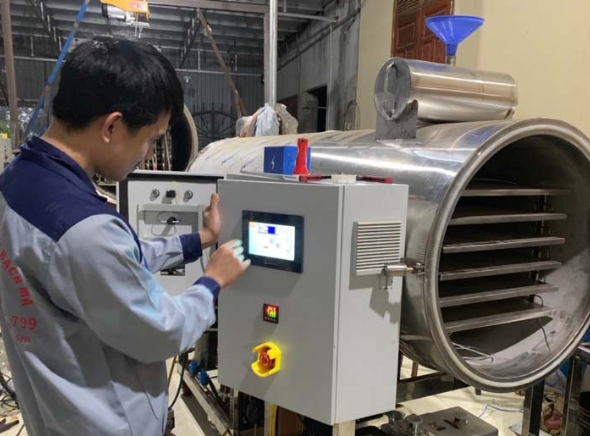


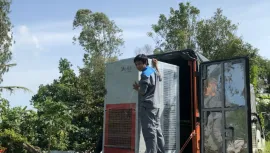
![[Case Study] DeAir Installs DeAir.De Rotor Humidity Control System for Pharmaceutical Plant in Binh Duong [Case Study] DeAir Installs DeAir.De Rotor Humidity Control System for Pharmaceutical Plant in Binh Duong](https://deair.com.vn/thumbs/news/2023_04/ban_giao_may_cho_duoc_bd/[270x153-cr]image1-1024x772.jpg__cv.webp)
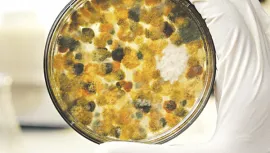
![[Review & Guide] Olmas OS-300: The New Humidity Control "Warrior" for Medium to Large Warehouses [Review & Guide] Olmas OS-300: The New Humidity Control "Warrior" for Medium to Large Warehouses](https://deair.com.vn/thumbs/news/huong_dan_su_dung_may_olmas_21/[270x153-cr]vtm06440.png)